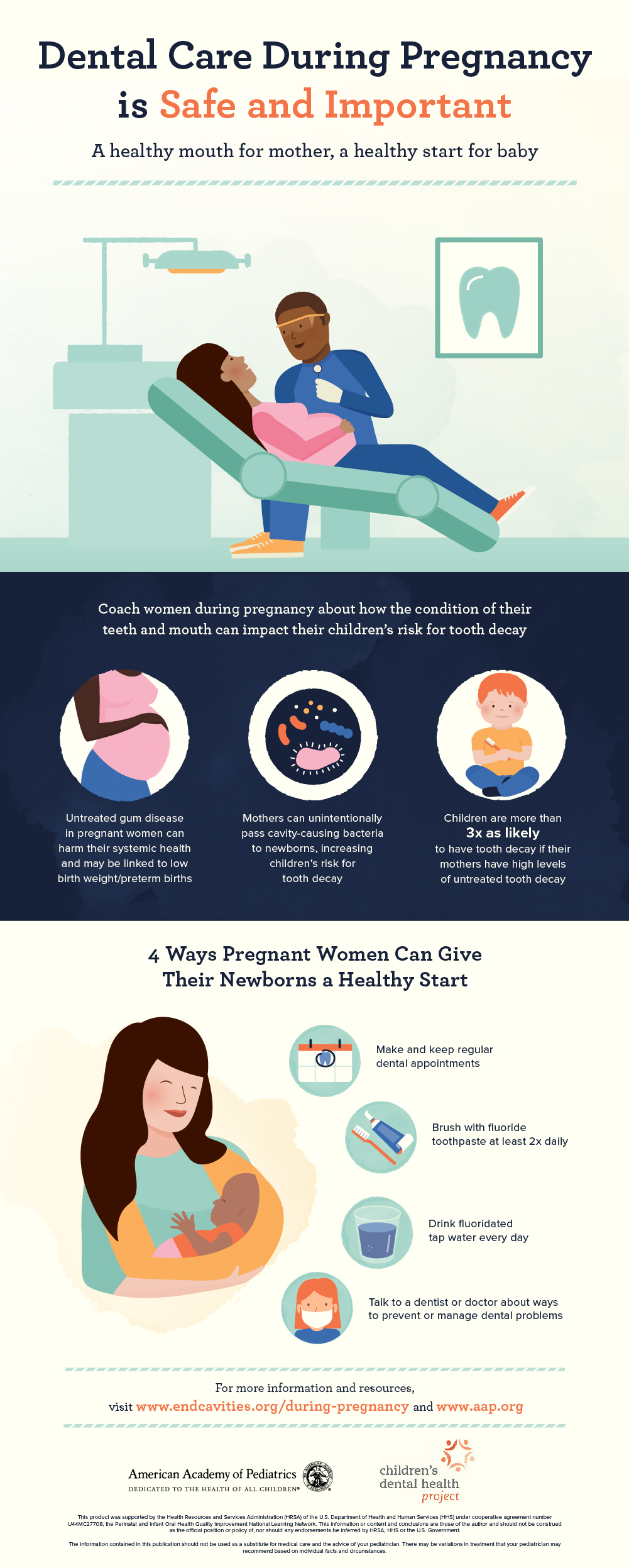When faced with the choice between Invisalign and typical braces, you could wonder which alternative straightens better with your way of life and preferences. The selection includes more than just the aesthetic charm; it delves into elements like treatment period, comfort, and lasting dental health results. Consider the impact each choice might carry your everyday routine and positive self-image. As mouse click the following web page explore the detailed contrast, you'll gain insights right into the nuances that make these orthodontic treatments special and discover which one might be the better fit for you.
Products and Building and construction
When comparing Invisalign to traditional braces, the products and construction vary substantially. Invisalign contains clear, smooth plastic aligners personalized to fit your teeth. These aligners are practically unnoticeable, making them a popular selection for those seeking a much more discreet orthodontic treatment.
On the other hand, traditional braces entail steel braces that are glued to your teeth. These brackets are then attached by cords and rubber bands, using pressure to gradually shift your teeth into the wanted position.
The building and construction of Invisalign aligners allows for a more comfortable fit compared to conventional dental braces. The smooth plastic material lowers inflammation to your cheeks and gums, which is an usual concern with steel brackets and cables. Furthermore, Invisalign aligners are detachable, making it easier to clean and floss your teeth with no blockages.
On the other hand, traditional braces are fixed onto your teeth, requiring added care and time for appropriate maintenance.
Maintenance and Oral Hygiene
The upkeep and oral hygiene techniques vary in between Invisalign and standard dental braces due to their distinct style and building.
With Invisalign, you can eliminate the aligners when eating or brushing your teeth, permitting you to keep your normal oral hygiene regimen with no obstructions. It's crucial to clean your teeth after consuming prior to putting the aligners back on avoid food fragments from obtaining caught and triggering degeneration.
On the other hand, typical braces require additional focus to maintain your teeth clean. Food bits can quickly get embeded the brackets and cords, bring about plaque build-up and possible dental caries. You'll require to make use of unique devices like interdental brushes or floss threaders to tidy between the cords and braces properly.
please click the next internet page -ups and cleansings are important to ensure that your oral health remains in leading condition while using conventional braces.
Exposure and Looks
Exposure and visual appeals play a considerable role in the comparison in between Invisalign and typical braces. When it pertains to look, Invisalign provides a clear advantage over conventional braces. Invisalign aligners are essentially unseen, making them a popular choice for those who favor a much more discreet orthodontic therapy choice.
Unlike the noticeable steel braces and wires of traditional braces, Invisalign aligners are transparent and assimilate with your all-natural teeth, permitting you to grin with confidence throughout your therapy.
Conventional dental braces, on the other hand, are much more obvious because of their steel components. While some may go with vivid bands to customize their braces, others might feel uneasy regarding the presence of these orthodontic home appliances. The noticeable appearance of standard dental braces can often influence an individual's self-confidence, particularly for grownups in professional setups.
Verdict
In conclusion, when selecting between Invisalign and standard braces, consider your lifestyle and preferences. Invisalign provides a very discreet and comfy choice with simple upkeep, while traditional braces supply colorful personalization yet might influence self-esteem.
Eventually, the choice ought to be based upon what jobs best for you in terms of appearances, benefit, and convenience. Ensure to talk to your orthodontist to identify one of the most appropriate treatment for your specific demands.
